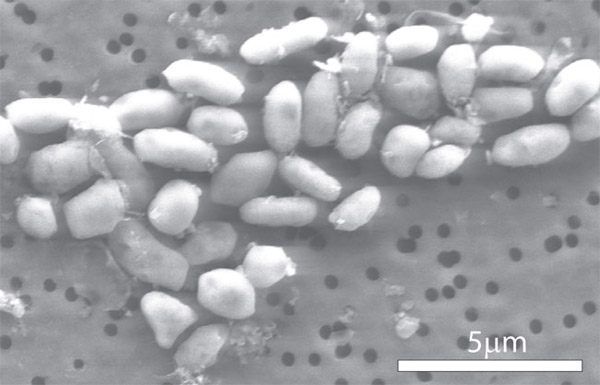'Arsenic Life' Claim Refuted by 2 New Studies

Leader of the 2010 study, Felisa Wolfe-Simon had acknowledged very low levels of phosphate within their study samples; however, they concluded the contamination would've been insufficient to allow GFAJ-1 to grow.
Now the two separate studies find that Wolfe-Simon's medium did contain enough phosphate contamination to support GFAJ-1's growth. It's just that GFAJ-1, a well-adapted extremophile living in a high-arsenic environment, is thrifty, and is likely capable of scavenging phosphate under harsh conditions, helping to explain why it can grow even when arsenic is present in its cells.
Wolfe-Simon and her colleagues discovered the bacteria in desolate Mono Lake, Calif., finding evidence the extremophiles could munch on arsenic to survive in the absence of phosphorus, an element long established as a critical building block of life. [Stunning Images of Mono Lake]
The finding soon spurred a lively debate, with outside researchers criticizing the paper's methods. "The basics, growing the bacteria and purifying the DNA, had a lot of contamination problems," said microbiologist Rosie Redfield of the University of British Columbia, in February. Redfield is the author of one of the newly published Science papers.
This story was provided by LiveScience, sister site to SPACE.com. Follow LiveScience on Twitter @livescience. We're also on Facebook & Google+.
Get the Space.com Newsletter
Breaking space news, the latest updates on rocket launches, skywatching events and more!
Join our Space Forums to keep talking space on the latest missions, night sky and more! And if you have a news tip, correction or comment, let us know at: community@space.com.
For the science geek in everyone, Live Science breaks down the stories behind the most interesting news and photos on the Internet, while also digging up fascinating discoveries that hit on a broad range of fields, from dinosaurs and archaeology to wacky physics and astronomy to health and human behavior. If you want to learn something interesting every day, Live Science is the place for you.














